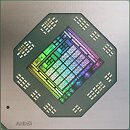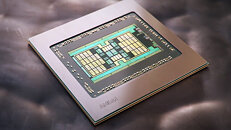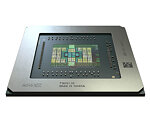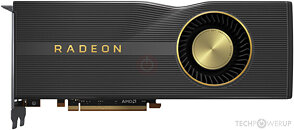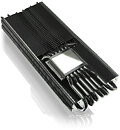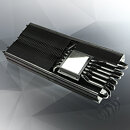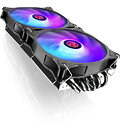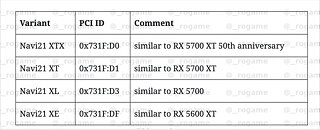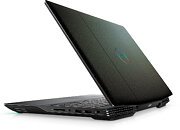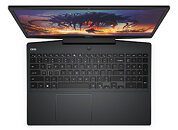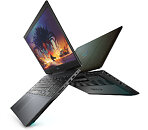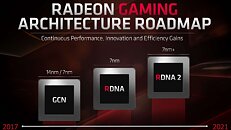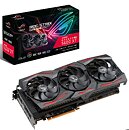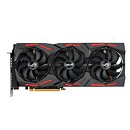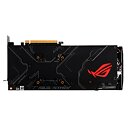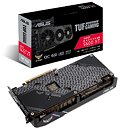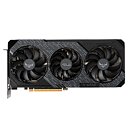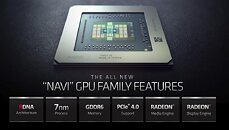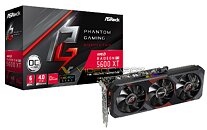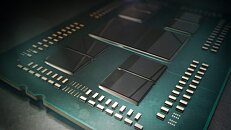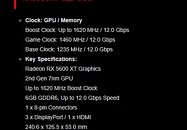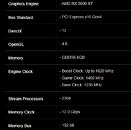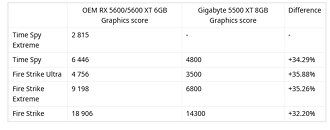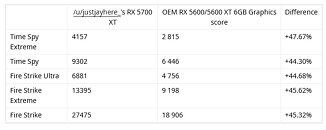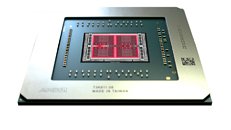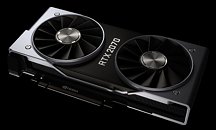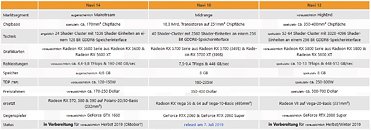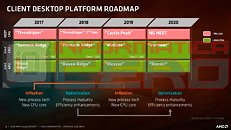
16 GB Memory Mod of Radeon RX 5600 XT Adds 29% Performance
The mid-range AMD Radeon RX 5600 XT is not supposed to have 16 GB of video memory, but the same hardware modders from Brazil behind the recent GeForce RTX 2080 16 GB mod, had other ideas for the card. They have not only increased the memory size to 16 GB through memory chip replacement, but also succeeded in widening its memory bus to 256-bit. The RX 5600 XT was launched in 2018 with 6 GB of 14 Gbps GDDR6 memory over a 192-bit memory interface. The card is cut down from the 7 nm "Navi 10" silicon powering the RX 5700 series, by enabling 36 out of 40 compute units (the same count as the RX 5700), but with a truncated 192-bit memory bus wired to 6 GB of memory (and so 25% lower memory bandwidth).
Paulo Gomes and Ronaldo Buassali pulled off the daring Radeon RX 5600 XT memory mod, which involves not just increasing the memory size from 6 GB to 16 GB, but also widening the memory bus from 192-bit to 256-bit. Since the RX 5600 XT is based on the same "Navi 10" GPU as the RX 5700, custom-design graphics cards tend to reuse PCB designs from the RX 5700 series, and have two vacant memory pads that are sometimes exposed and even balled. The mod involves three key stages—to replace the six 8 Gbit GDDR6 memory chips with eight 16 Gbit ones; to add the required electrical SMDs and VRM components for the two additional memory chips; and lastly, to give the card a modified BIOS that can let it play with the new memory configuration. The "Navi 10" silicon also powers certain Radeon Pro graphics cards with 16 GB of memory using 16 Gbit memory chips, so that could be the starting point for the BIOS mod.
Paulo Gomes and Ronaldo Buassali pulled off the daring Radeon RX 5600 XT memory mod, which involves not just increasing the memory size from 6 GB to 16 GB, but also widening the memory bus from 192-bit to 256-bit. Since the RX 5600 XT is based on the same "Navi 10" GPU as the RX 5700, custom-design graphics cards tend to reuse PCB designs from the RX 5700 series, and have two vacant memory pads that are sometimes exposed and even balled. The mod involves three key stages—to replace the six 8 Gbit GDDR6 memory chips with eight 16 Gbit ones; to add the required electrical SMDs and VRM components for the two additional memory chips; and lastly, to give the card a modified BIOS that can let it play with the new memory configuration. The "Navi 10" silicon also powers certain Radeon Pro graphics cards with 16 GB of memory using 16 Gbit memory chips, so that could be the starting point for the BIOS mod.


